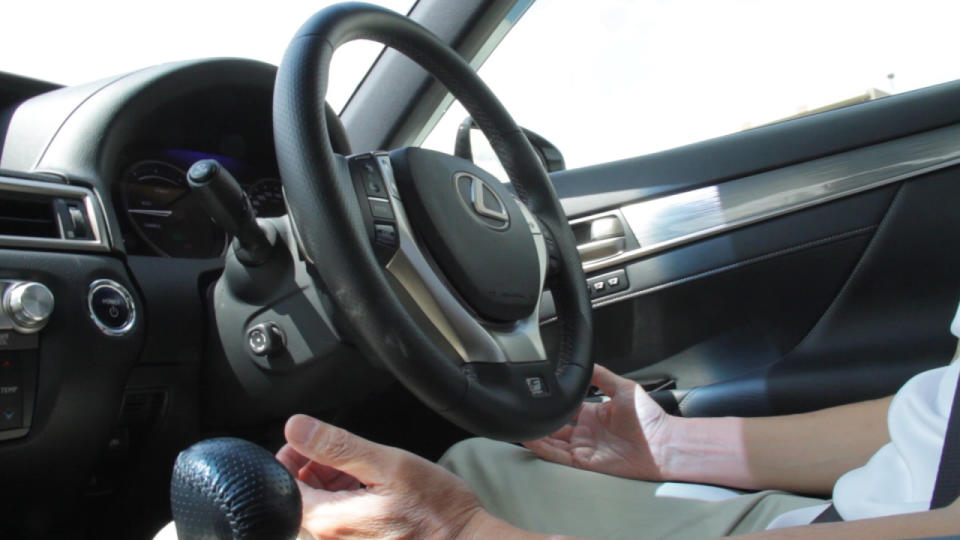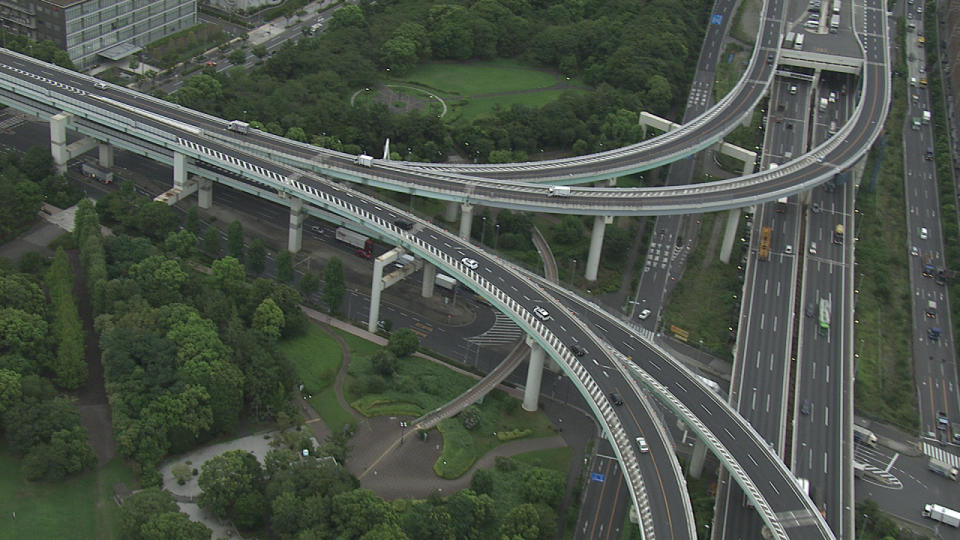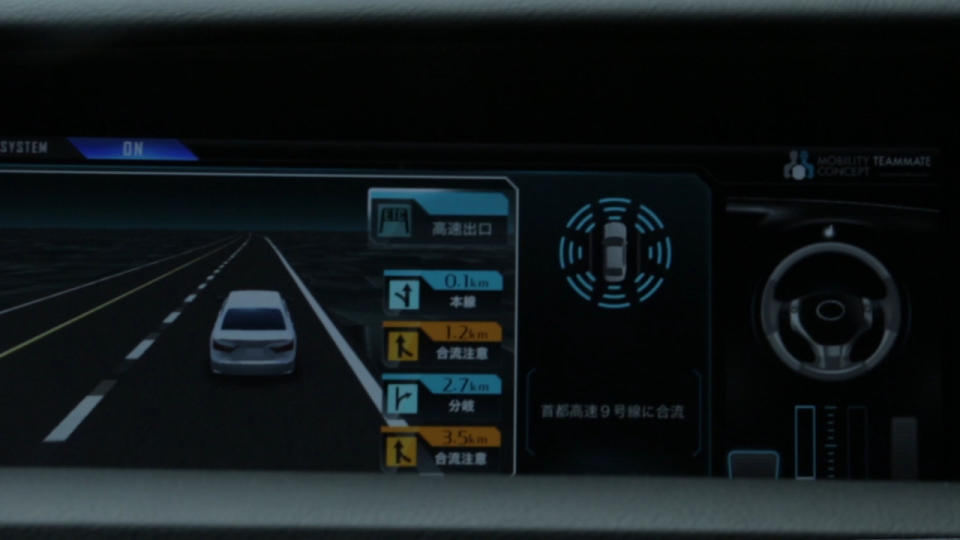Toyota Developing Autonomous “Highway Teammate”

Toyota plans to roll out new technology that will allow its vehicles to autonomously navigate limited-access roadways. Dubbed “Highway Teammate,” and set to go into production by 2020, the system will be able to change lanes, merge with traffic and overtake slower vehicles.
Toyota is the latest automaker to lay out plans for the fast-emerging world of self-driving vehicles. But while its announcement is meant to underscore the maker’s technical prowess, it also reveals Toyota’s “cautious” nature, the Japanese giant still skeptical about the pace at which high-tech automobiles will be able to take over driving duties from humans.
Toyota’s system is less an auto-pilot than co-pilot, designed to handle relatively mundane chores as an assistant to a human driver who will remain in control, especially on more crowded urban roads. Some competitors, notably including Nissan, hope to have fully autonomous products that can navigate all roads on sale by as early as 2020.
“Toyota believes that interactions between drivers and cars should mirror those between close friends who share a common purpose, sometimes watching over each other and sometimes helping each other out,” the maker said prior to a demonstration of the Highway Teammate technology in Tokyo.

Toyota’s autonomous systems is, for now, restricted to use on limited-access roadways.
Toyota has been testing its semi-autonomous on the notoriously crowded Shuto Expressway in Tokyo, using a modified version of a Lexus GS sedan. As with competitive systems, it relies on detailed satellite-based navigation and a variety of cameras and other onboard sensors to get a sense of what’s happening on the road nearby.
But focusing on highway testing underscores the fact that, “We’re a cautious company,” said Toyota Vice President Scott Vazin. The maker, he added, doesn’t believe fully autonomous vehicles will “cut the mustard,” at least not in the short-term.
Driving on a freeway can be a complex chore, studies showing that a driver must make dozens of calculations every minute. But navigating a city street is ever more complex, Vazin added, and may pose some challenges that are, at least for now, impossible to program into a computer. What happens, for example, if a vehicle is in a situation where it either hits a young boy who has dashed onto the street or otherwise drives head on into a vehicle coming the other direction?

An onboard display shows what the Highway Teammate technology is doing at any moment.
The fact that Toyota is laying out a timetable for offering even more limited self-driving technology suggests, however, the competitive bind the company finds itself in. Nissan, for one, hopes to take a leadership role in the field by pushing to the limits of autonomous technology as quickly as possible.
And it’s not alone. Tesla’s Auto Pilot is already in beta testing and the maker hopes to wireless upload a version of the software to Model S and new Model X vehicles in a matter of months. Cadillac will begin rolling out an early version of its Super Drive for the 2017 model-year.
Google, meanwhile, is already testing its own autonomous technology using both modified production vehicles – ironically, including several converted Lexus models – and new, specially-built prototypes. Later versions of those bubble-shaped “Google Cars” won’t even have steering wheel or pedals, the company plans, just a microphone for a passenger to speak directions, and an emergency stop button.
But Google has, inadvertently, demonstrated some of the challenges of this brave new world. So far, it has reported more than a dozen crashes, mostly minor, involving its various autonomous vehicles. None were caused by using self-driving technology, it contends. But it appears that a number of rear-end crashes occurred when the cars quickly stopped on a yellow while drivers behind attempted to run the light.
Toyota is “open” to the idea that fully autonomous vehicles are possible, said Vazin, but it doesn’t believe that will happen for decades – in part because it will take many years to replace the current fleet of “dumb” vehicles now on the road that don’t have even rudimentary autonomous features.
More at The Detroit Bureau
Apple moving fast on still-secret autonomous EV car program
GM testing fully autonomous Chevy Volts at Detroit Tech Center
Nissan’s autonomous Dayz concept is a social media device on wheels
GM, Takata Fuel Proposed Law Jailing Executives

 Yahoo Finance
Yahoo Finance 